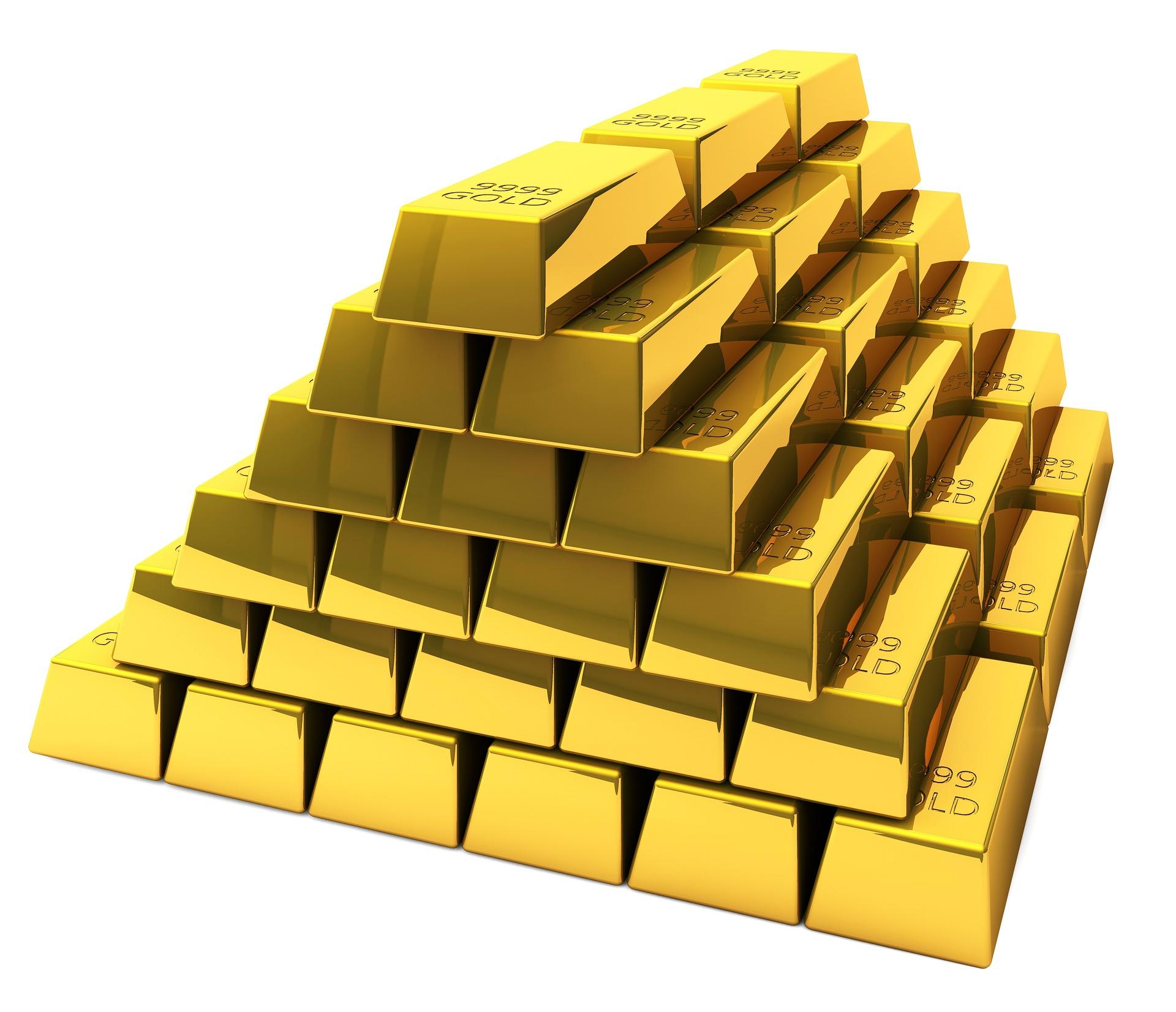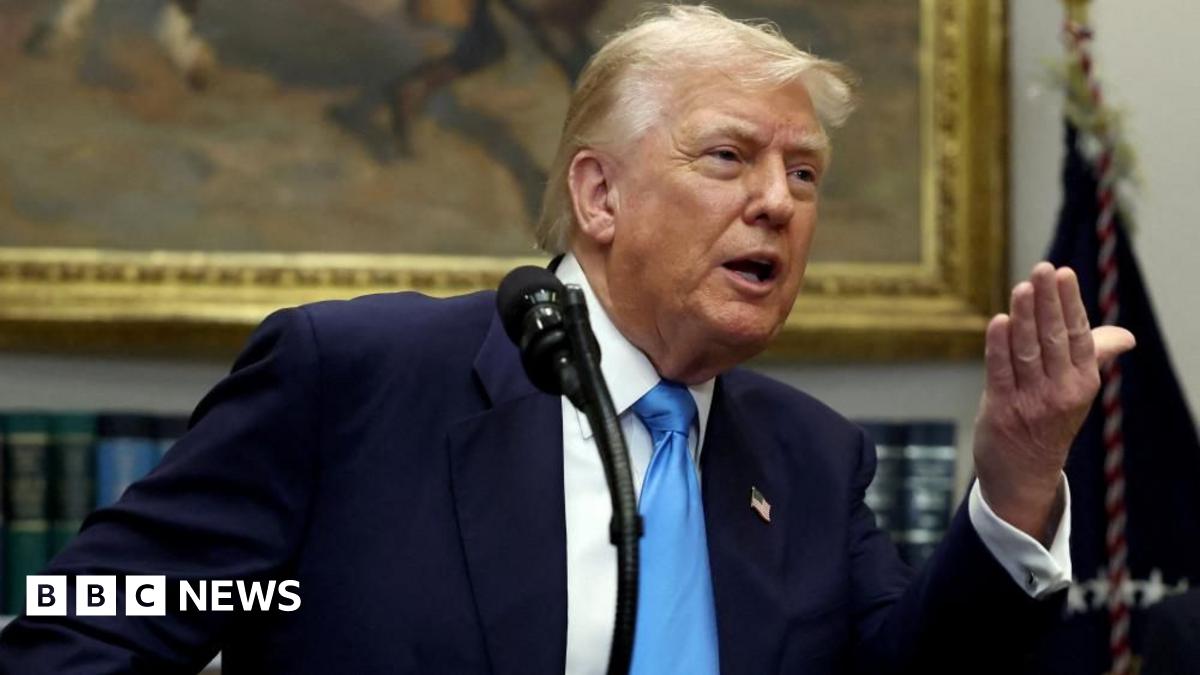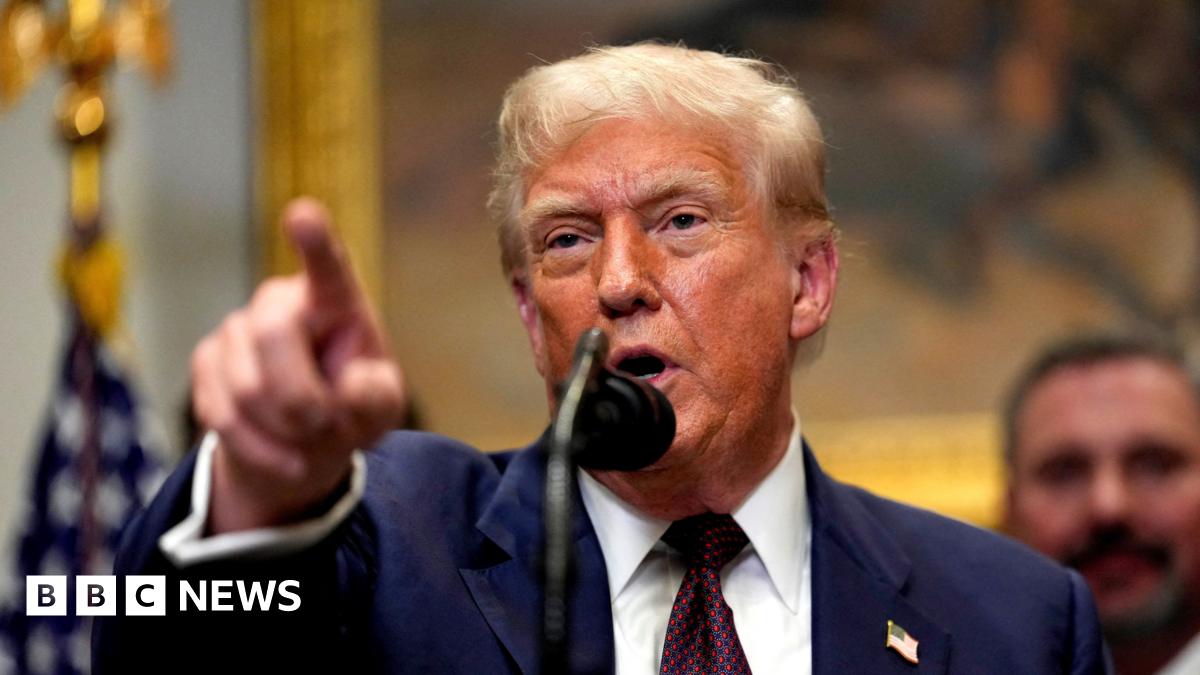What Happened
Gold prices surged to their highest levels in nearly two months on June 13, 2025, reaching approximately $3,427.36 per ounce. This increase was primarily driven by heightened geopolitical tensions in the Middle East, particularly following Israel’s military actions targeting Iranian nuclear facilities. As investors sought safe-haven assets amid these escalating conflicts, gold became a preferred choice, reflecting a broader trend of risk aversion in financial markets.
In addition to geopolitical factors, economic indicators from the United States also influenced gold prices. Recent data showed a cooling labor market and subdued inflation, which bolstered expectations for potential interest rate cuts by the Federal Reserve. As a result, U.S. gold futures also saw significant gains, climbing to $3,448.70 per ounce. The combination of these factors contributed to a notable increase in gold’s value, with the metal gaining over 3.5% for the week.
Key Details
- Current Gold Prices: As of June 13, 2025, spot gold was priced at $3,427.36 per ounce, while U.S. gold futures were at $3,448.70 per ounce.
- Weekly Performance: Gold has increased by more than 3.5% this week, marking a significant upward trend.
- Geopolitical Context: Israel’s military actions against Iran have escalated tensions, prompting concerns about regional stability and potential retaliatory measures from Iran.
- U.S. Economic Indicators: New applications for unemployment benefits remained at an eight-month high, and producer prices showed slower growth, leading to heightened expectations for a Federal Reserve interest rate cut.
- Market Sentiment: Analysts noted a shift in focus from trade negotiations to geopolitical risks, with investors increasingly favoring safe-haven assets like gold.
Multiple Perspectives
Market analysts have provided various interpretations of the recent surge in gold prices. Tim Waterer, chief market analyst at KCM Trade, indicated that the spike in hostilities in the Middle East has shifted investor focus away from trade negotiations, driving demand for safe-haven assets. He suggested that if geopolitical tensions continue, gold could see further price increases.
Conversely, some analysts caution against overreacting to short-term geopolitical events. They argue that while gold may benefit in the immediate term from safe-haven buying, the long-term outlook will depend on broader economic conditions, including inflation trends and Federal Reserve policy decisions. For instance, Peter Grant, a senior metals strategist, mentioned the potential for gold to break through resistance levels if current trends persist, but also noted the importance of monitoring economic indicators.
Context & Background
Gold has historically been viewed as a safe-haven asset, particularly during periods of geopolitical instability or economic uncertainty. The recent conflict between Israel and Iran has reignited concerns over regional security, which often leads investors to seek refuge in gold. This behavior is consistent with past market reactions to geopolitical crises, where gold prices typically rise as investors hedge against potential risks.
Additionally, the Federal Reserve’s monetary policy plays a crucial role in shaping gold prices. Lower interest rates tend to decrease the opportunity cost of holding non-yielding assets like gold, making it more attractive to investors. The recent economic data suggesting a cooling labor market and subdued inflation has led to speculation about imminent rate cuts, further supporting gold’s appeal.
What We Don’t Know Yet
While the current trends in gold prices are clear, several uncertainties remain. The situation in the Middle East is fluid, and the potential for further escalation or de-escalation could significantly impact market sentiment and gold prices in the near future. Additionally, the timing and extent of any Federal Reserve interest rate cuts are still uncertain, as economic conditions continue to evolve.
Furthermore, the long-term implications of these geopolitical tensions on global markets remain to be seen. Investors will be closely monitoring developments in the region, as well as economic indicators that could influence the Federal Reserve’s policy decisions. The interplay between geopolitical risks and economic data will likely continue to shape the gold market in the coming weeks and months.





